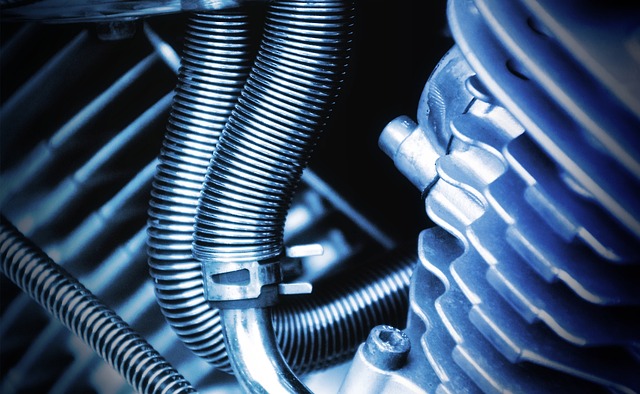Mastering the Art of Lighting Retouching: Essential Tips and Techniques
Lighting is the soul of any photograph. It shapes the atmosphere, defines moods, and draws attention to the subject in ways that words sometimes cannot. In the world of photography and digital art, retouching lighting isn’t just about fixing mistakes—it’s an art form that breathes life into images, turning ordinary shots into captivating visuals.
Whether you’re a seasoned professional or an enthusiastic hobbyist, mastering lighting retouching is essential to elevate your craft. The magic lies in subtlety: enhancing shadows, balancing highlights, and guiding the viewer’s eye seamlessly throughout the composition.
Understanding Light and Shadow
The foundation of lighting retouching begins with a deep appreciation for how light behaves. Shadows create depth while highlights bring out texture and detail. When retouching, consider whether the lighting contributes to the narrative or detracts from it. Adjusting light should always enhance the story you want your image to tell.
Start with Non-Destructive Editing
Work with layers and masks in your editing software to keep your original image intact. This allows you to experiment with lighting effects without fear of permanently altering your photograph. Use adjustment layers such as curves, levels, and dodge & burn techniques to refine lighting meticulously.
Balance Highlights and Shadows
Often, images contain areas where light is too harsh or shadows too dense. Use tools like the shadows/highlights adjustment to bring balance. Softening blown-out highlights preserves detail in bright spots, while opening up shadows reveals hidden textures. The goal is to create a pleasing tonal range that complements the subject.
Emulate Natural Light
One of the most effective lighting retouching techniques is emulating natural light sources, such as sunlight filtering through a window or a gentle glow from a lamp. This adds realism and warmth to your images. Try adding subtle gradients or light leaks to simulate natural ambiance.
Use Color Temperature to Set Mood
Lighting isn’t just about brightness—it’s also about color. Adjusting the color temperature can transform the emotion of a photo. Warmer tones suggest comfort and nostalgia, while cooler tones evoke calmness or melancholy. Harness color grading in your lighting retouch to reinforce the feeling you want to convey.
Fine-Tune with Selective Dodging and Burning
Dodging (lightening) and burning (darkening) specific areas is a timeless technique that brings dimensionality to your photos. Use soft brushes and low opacity to gradually sculpt light and shadow. This targeted approach lets you highlight facial features, add glints to eyes, or deepen moods in the background.
Practice Patience and Precision
Like any form of art, mastering lighting retouching demands patience. Rushing through adjustments often results in unnatural effects. Take your time, zoom in, and continually compare your edits with the original. The best improvements are often those that go unnoticed—enhancing reality rather than creating fantasy.
Lighting retouching is a journey of discovery. Each image offers a new challenge and an opportunity to refine your skills. Embrace the process with curiosity and care, and watch your photographs transform into evocative masterpieces that resonate deeply with viewers.




